A small multimeter is an essential tool for electricians, hobbyists, and anyone working with electrical circuits. Compact yet powerful, these devices can measure voltage, current, resistance, and more. This guide will help you understand the key features, types, and considerations when selecting the best small multimeter for your needs.
Small multimeters come in various types, each suited to different applications and user preferences:
1. Digital Multimeters (DMMs):
Digital multimeters are the most common type, offering clear digital readouts and a wide range of functions. They are user-friendly and highly accurate, making them ideal for most electrical testing tasks.
2. Analog Multimeters:
Although less common today, analog multimeters use a moving needle to display readings. They can be useful for observing trends and fluctuations in measurements, but they are generally less precise than digital models.
3. Clamp Meters:
Clamp meters combine the functions of a multimeter with the ability to measure current without direct contact, using a clamp that goes around a conductor. They are particularly useful for measuring high currents safely.
Small Multimeter with Backlight
When choosing a small multimeter, consider the following key features to ensure it meets your requirements:
1. Measurement Capabilities:
Ensure the multimeter can measure all the parameters you need, such as voltage (AC/DC), current (AC/DC), resistance, capacitance, frequency, and continuity.
2. Accuracy and Resolution:
Look for a multimeter with high accuracy and resolution for precise measurements. Accuracy is often specified as a percentage, and resolution refers to the smallest change the multimeter can detect.
3. Auto-Ranging vs. Manual Ranging:
Auto-ranging multimeters automatically select the appropriate measurement range, making them easier to use. Manual ranging models require the user to set the range, which can offer more control for experienced users.
4. Display:
A clear, easy-to-read display is crucial. Look for multimeters with large, backlit LCD screens that show all relevant information clearly.
5. Safety Ratings:
Check the multimeter's safety ratings, such as CAT (Category) ratings, which indicate the device's ability to handle transient voltage spikes. Higher CAT ratings mean greater protection for the user and the device.
6. Durability and Build Quality:
A rugged, well-built multimeter will withstand the wear and tear of regular use. Look for models with durable casings, impact resistance, and reliable input protection.
7. Size and Portability:
For a small multimeter, size and portability are key factors. Choose a compact, lightweight model that is easy to carry and store.
Modern multimeters often come with additional features that enhance usability and functionality:
1. Data Hold and Min/Max Functions:
Data hold allows you to freeze a measurement on the display, while min/max functions record the minimum and maximum values over a period, useful for monitoring fluctuations.
2. Auto Power Off:
This feature saves battery life by automatically turning off the multimeter after a period of inactivity.
3. Relative Mode:
Relative mode lets you measure the difference between a stored reference value and subsequent measurements, useful for comparing changes over time.
4. Connectivity:
Some advanced multimeters offer connectivity options such as Bluetooth or USB, enabling data transfer to a computer or mobile device for further analysis.
Q: What is the difference between AC and DC measurements?
A: AC (alternating current) measurements are used for household electricity and most electronic devices, while DC (direct current) measurements are used for batteries and some electronic components. Ensure your multimeter can measure both AC and DC values.
Q: How do I ensure my multimeter is safe to use?
A: Follow the manufacturer's instructions, ensure the multimeter has appropriate safety ratings (such as CAT ratings), and use proper testing techniques to avoid electrical hazards.
Q: Can a small multimeter measure high currents?
A: Many small multimeters can measure high currents, but it's essential to check the device's specifications. For very high currents, consider using a clamp meter or an external current probe.
Q: How do I maintain my multimeter?
A: Keep your multimeter clean, store it in a protective case, replace batteries as needed, and periodically check for damage to the leads and connectors. Regular calibration ensures accuracy.
Choosing the best small multimeter involves understanding your specific measurement needs and considering key features such as accuracy, safety, and ease of use. By evaluating the different types of multimeters and their capabilities, you can select a model that meets your requirements and provides reliable performance for various electrical testing tasks. Whether you’re a professional electrician or a DIY enthusiast, a high-quality small multimeter is an invaluable tool for your toolkit.
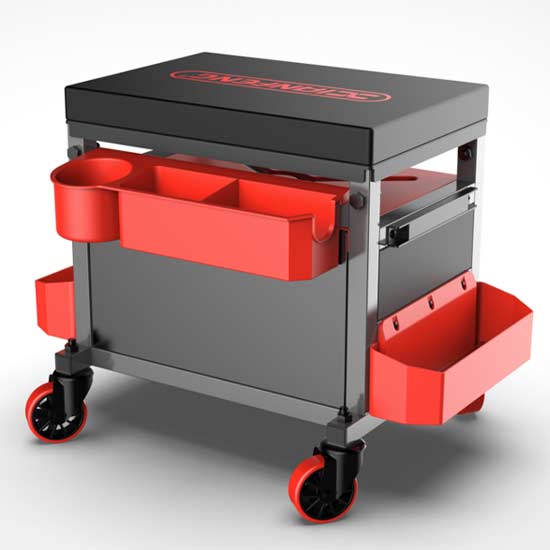 Tool seat
Tool seat
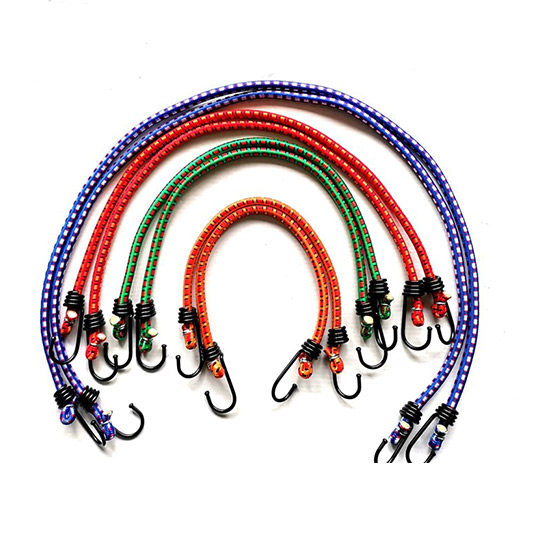 Stretch Cord
Stretch Cord
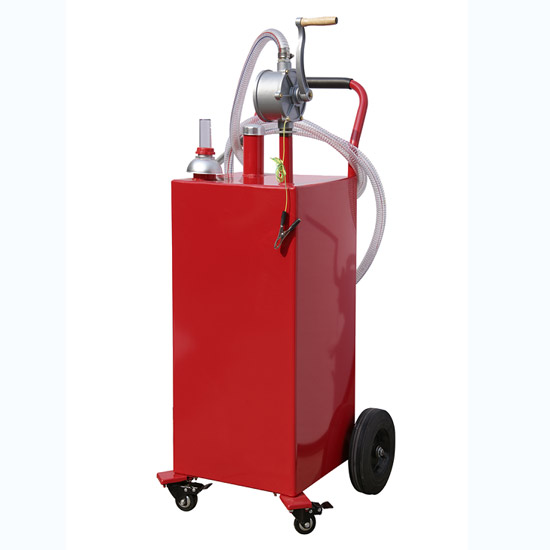 Oil Pump
Oil Pump
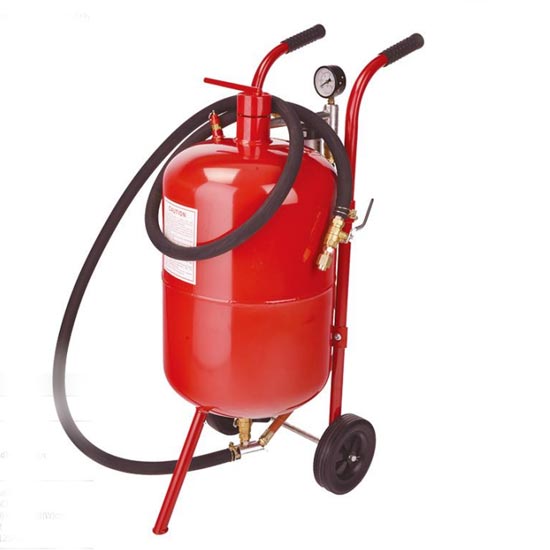 Sandblast Pot
Sandblast Pot
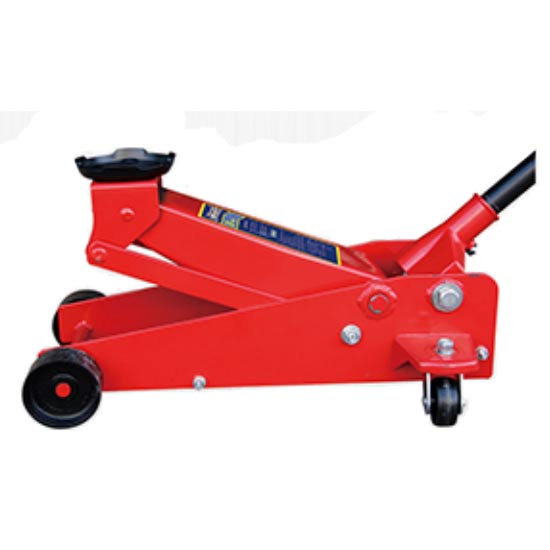 2.25 Ton Hydraulic Floor Jack
2.25 Ton Hydraulic Floor Jack
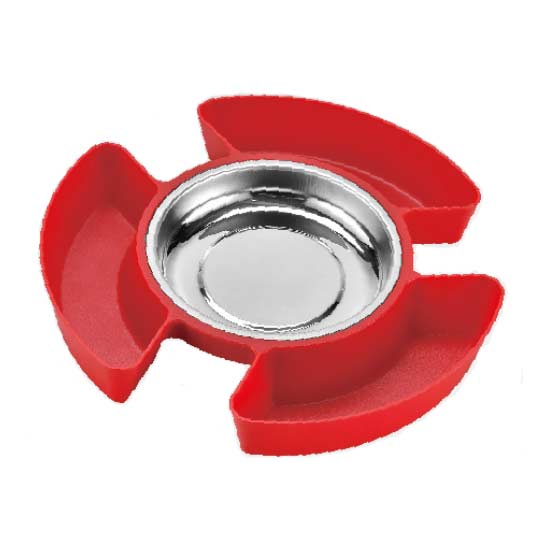 Magnetic Tray With Tool Plate
Magnetic Tray With Tool Plate
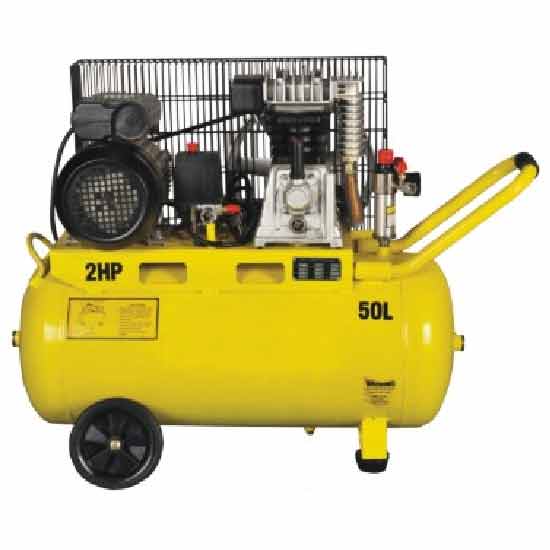 Single-stage Air-cool Movable Air Compressor
Single-stage Air-cool Movable Air Compressor
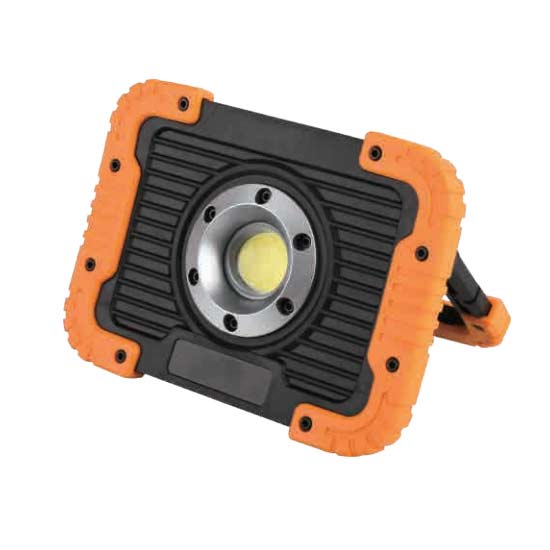 10W Rechargeable Led Flood Light
10W Rechargeable Led Flood Light
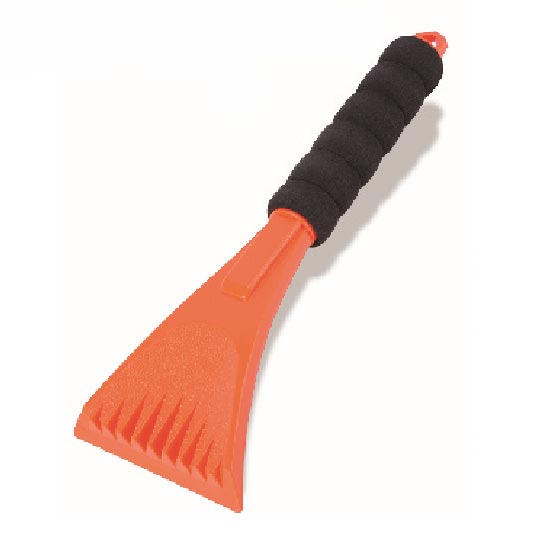 Ice Scraper
Ice Scraper
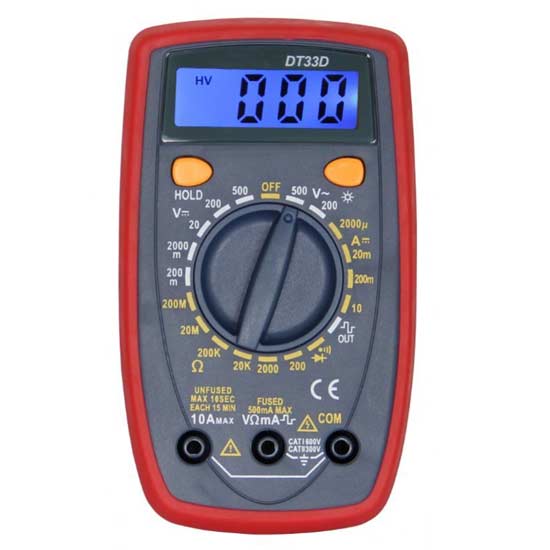 Small Multimeter with Backlight
Small Multimeter with Backlight
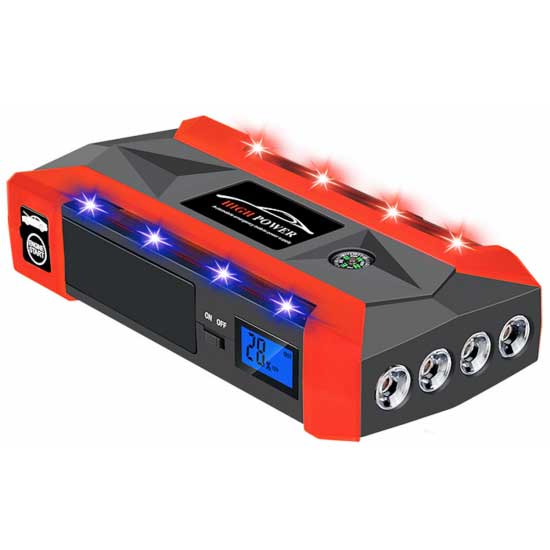 Jump Starter With 4 Led Lights
Jump Starter With 4 Led Lights
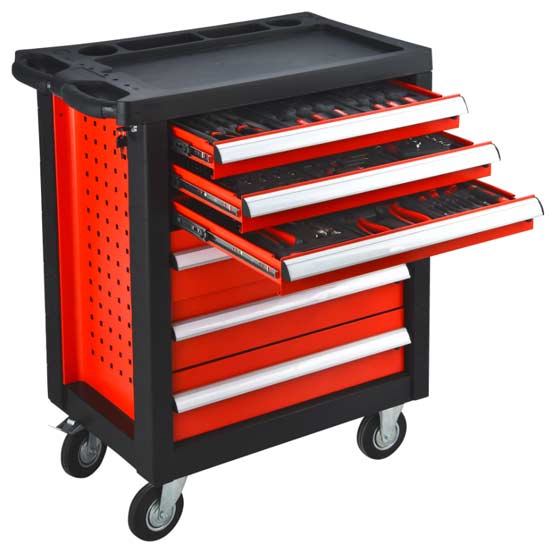 Steel Tool Cabinet
Steel Tool Cabinet
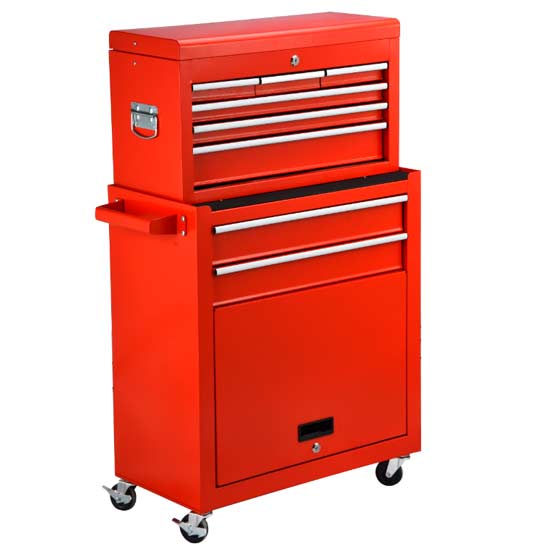 Large Tool Cabinet
Large Tool Cabinet
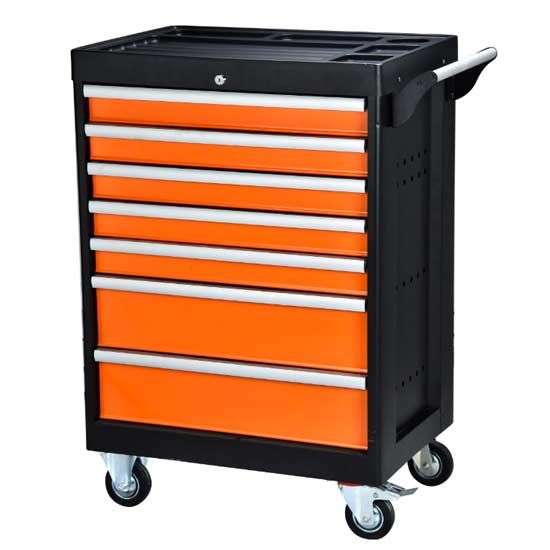 Tool Storage Cabinet
Tool Storage Cabinet
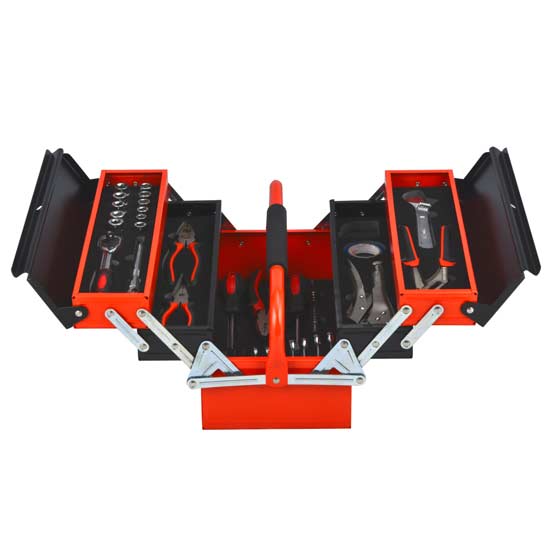 Metal Tool Box
Metal Tool Box
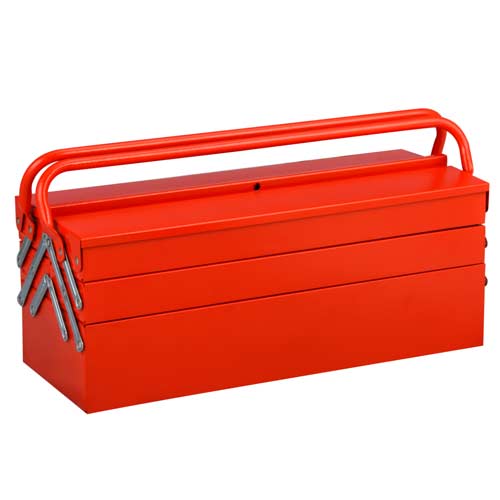 Large Metal Tool Storage Box
Large Metal Tool Storage Box
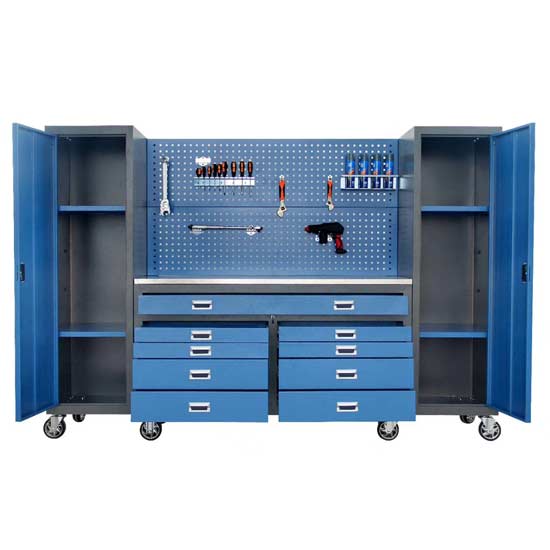 Blue Metal Tool Cabinet
Blue Metal Tool Cabinet
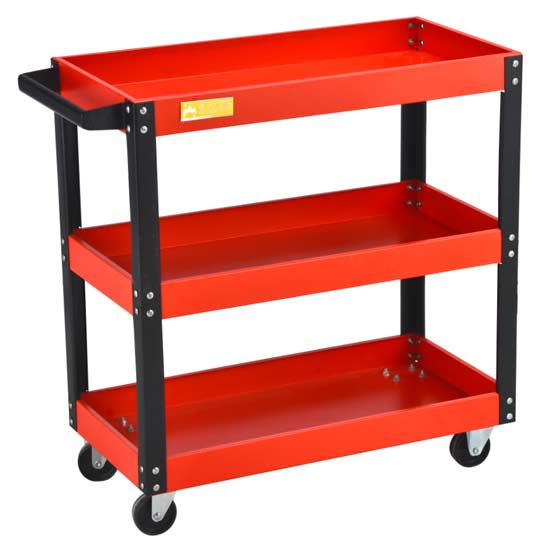 Red Steel Tool Trolley
Red Steel Tool Trolley
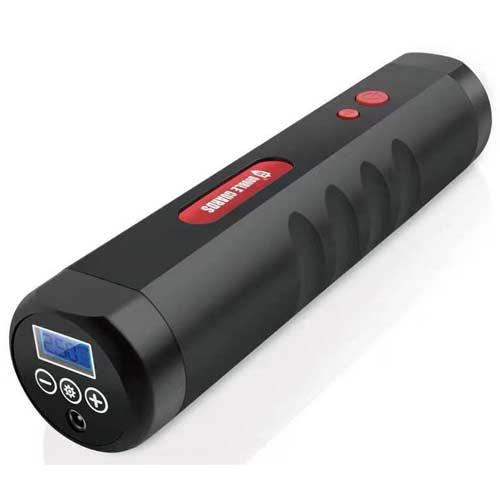 Portable Tire Inflator
Portable Tire Inflator
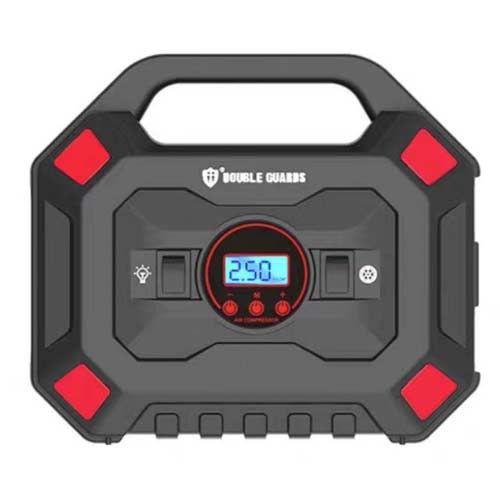 Custom Tire Inflator
Custom Tire Inflator
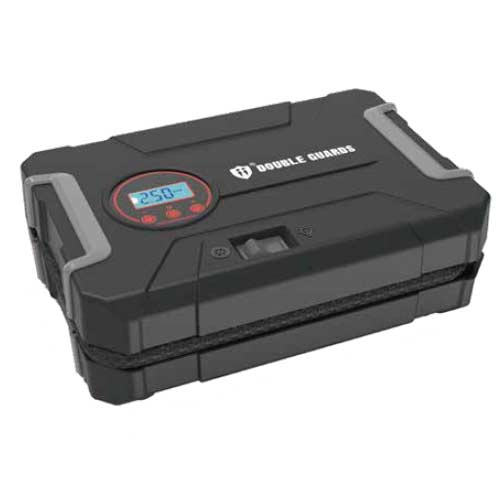 Tire Pressure Pump
Tire Pressure Pump
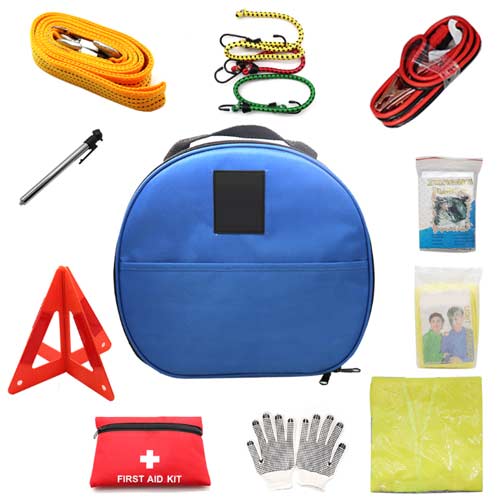 Auto Emergency kit
Auto Emergency kit